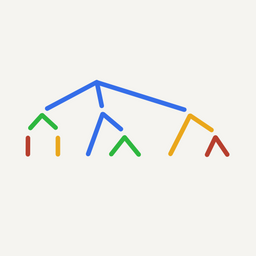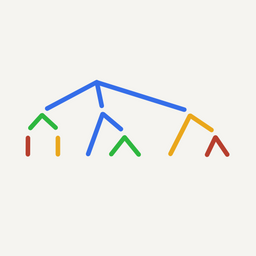Nobody likes to be lectured at (Bueller?), and your readers are no different. They've clicked through to your essay, and they're scrolling through, looking for value. This week's newsletter is about how to stop them scrolling, getting them engaged in your ideas using techniques from the genre of creative nonfiction. Let's go!
In this week's issue:
- Getting your readers involved in your ideas
- How to bring your abstract ideas to life
- What goes wrong with nonfiction writing (and how to fix it)
Breathing Life into Your Ideas
You've done the research. Your arguments are solid. And your prose flows like honey (you've subscribed to Writer Science, after all!)
But something's missing. Your nonfiction feels flat. Brainy. Informative, but not transformative.
How do you bridge the gap between conveying information and creating an experience that changes how readers see the world?
One of our community members, Lindsay, provides a powerful analysis of how George Saunders transforms a simple observation about media influence into a masterclass in reader engagement.

‣ The best nonfiction writers don't just make arguments—they pull readers into the story. In a startling scene in the opening section to "The Braindead Microphone," his 2007 creative nonfiction essay, Saunders breaks the fourth wall. One moment you're observing his thoughts about a medieval farmer, the next you're part of the narrative. This shift from passive observer to active participant, as Lindsay puts it, bonds us to the narrator:
There are plenty of passages throughout the essay that, if isolated on their own, would read as more of a cold, impersonal narrator. But not to us. We’ve already bonded with the narrator. We know who he is and where he’s coming from makes readers invested in the argument before they even realize they're being persuaded.
‣ Read like a writer: look for where things are the same and where they're different. There's a big difference between telling a story about "I" and telling a story about "you," a shift that transforms the entire reading experience from lecture to conversation.
‣ Don't be afraid to bring unexpected references into your work. Saunders connects his media critique to Oppenheimer quoting the Bhagavad Gita, creating layers of meaning through intertextual reference. Your unique constellation of knowledge—whether it's ancient philosophy, pop culture, or scientific theories—can illuminate your subject in ways that pure research never could.
‣ Follow what Saunders calls "the Kafka model": allow yourself one exaggerated or impossible element that illuminates your subject. This doesn't mean abandoning facts—it means using a creative technique to help readers experience your ideas rather than merely understanding them intellectually. After all, why describe a thunderstorm when you can give the reader an electric shock?
Read the first installment of Essay Club, the reading group for nonfiction writers:
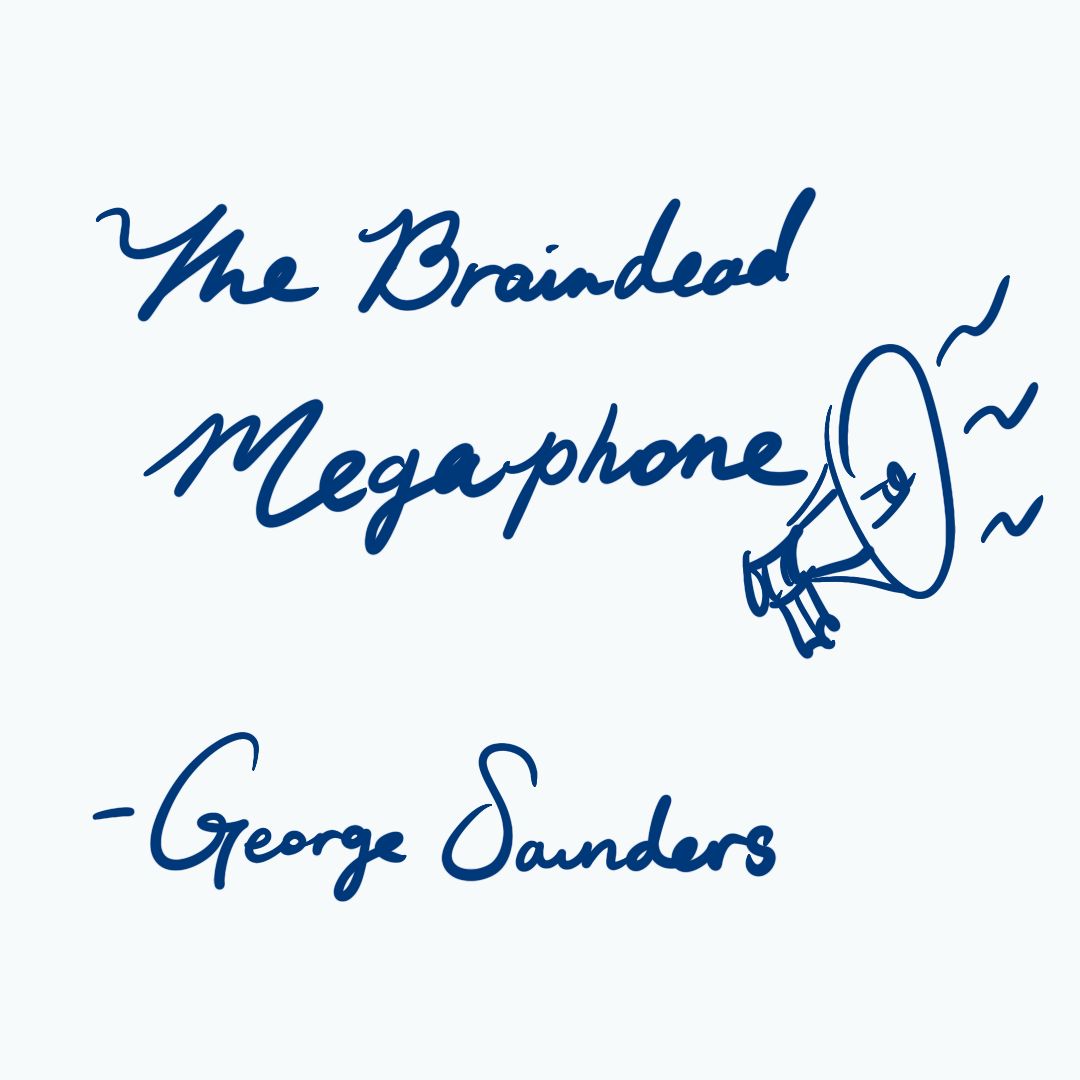
Writing Tool ✍️
When George Saunders writes an essay about media, he seldom uses the word; instead, he tells us a story about a dumb guy with a loud megaphone.
Imagine a party. The guests, from all walks of life, are not negligible. They've been around: they've lived, suffered, own businesses, have real areas of expertise. They're talking about things that interest them, giving and taking subtle correction. Certain submerged concerns are coming to the surface and—surprise, pleasant surprise—being confirmed and seconded and assuaged by other people who've been feeling the same way.
Then a guy walks in with a megaphone. He's not the smartest person at the party, or the most experienced, or the most articulate.
But he's got that megaphone.
Gatsby doesn't believe in the American Dream; he believes in the green light:
Gatsby believed in the green light, the orgastic future that year by year recedes before us. It eluded us then, but that's no matter--tomorrow we will run faster, stretch out our arms farther.... And one fine morning– So we beat on, boats against the current, borne back ceaselessly into the past.
Interesting stories & ideas 📚
- How to Overcome Inner Resistance | Steven Pressfield — Huberman Lab
- The Light of “The Brothers Karamazov” | Karl Ove Knausgaard — New Yorker
- One Battle After Another may be the worst movie ever made |Curtis Yarvin — The Spectator
- The Silent Dialogue Hack Expert Writers Use to Hook You — Writer Science (RIP Diane Keaton)
Interference: When Your Writer Patterns Conflict with Reader Patterns ❌
When your text doesn't work, reader feedback isn't usually very helpful.
They'd like to help you. But they don't have the vocabulary to explain what went wrong. They say things like: The text is unclear. It's dense. It's disorganized.
Here's what they're trying to say:
Your writing patterns are interfering with their reading patterns.

Expert writing happens in phases.
Phase 1
In the first phase, you're using writing as an extension of your thinking.
You're thinking about the world, and you're generating new knowledge. The thinking that you're doing is too complex to do in your head. So you're using the writing process as a medium for thinking. It's a messy, recursive process that belongs to the writer alone.
Everyone's process is different. Mine looks something like this:
- You start with a question, something incomplete or misunderstood.
- You bring in evidence, and you perform on it your own analysis.
- Through analysis and conjecture, you generate your own ideas.
- The sum of those ideas amounts to an answer to your question.
Those are writing patterns: Starting with a problem, ending with a solution.
But if you just hand this off to your reader, they won't know what to do with it. The patterns you used to write it interfere with the patterns they use to read it.
The product of this first phase is not a draft, really. It's more of a back-of-the-envelope calculation where you can scribble down your ideas, leave notes to yourself for later, carry the 1. Until you arrive at something like an answer to a question.
Phase 2
In the second phase, we prepare the document according to reading patterns. We can't simply copyedit this first-phase draft, so embedded is it in the patterns you used as you were using it to think. It's better to start afresh.
To ready your document for readers, go through these 7 steps in order:
- Know Your Reader: Who is the specific person for whom you have written this text? Why are they reading it? What do they already know, and what do they want to know? What evidence will they accept?
- Create the Right Expectations: Identify the single idea and the 2 or 3 points you want every reader to remember, and put them where readers expect to find them.
- Create the Right Motivation: Position your ideas as the solution to a problem that readers care about.
- Cohesion & Coherence: Organize your text into a fractal pattern so that the parts add up to a whole.
- Create Value with Focus: Help readers follow your story by identifying its key characters and bringing them into focus.
- Specify Logical Relationships: Help readers track the logic of your argument with Subject + Verb Cores.
- Mechanics: Spelling, punctuation, grammar—this comes last.
Notice that mechanics is the last step.
To learn more about the 7-step process I go through with my coaching clients, check out the video tutorial below:
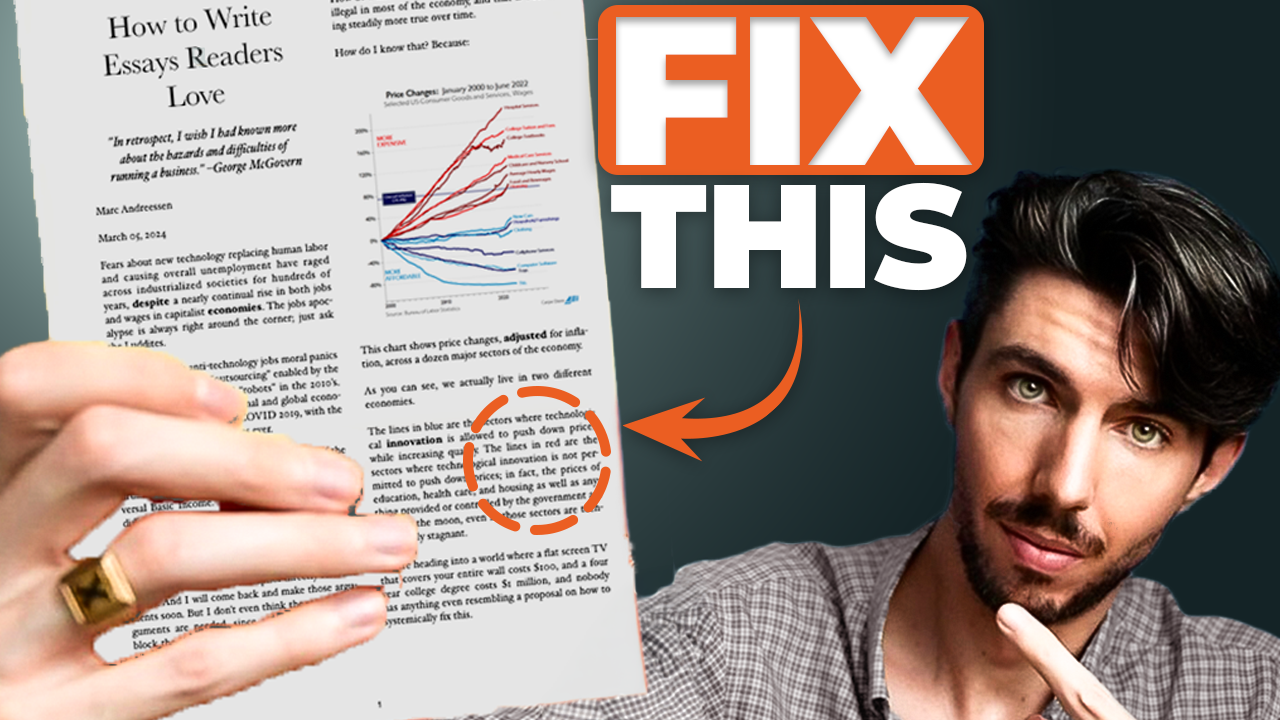
Editor's Choice ✨
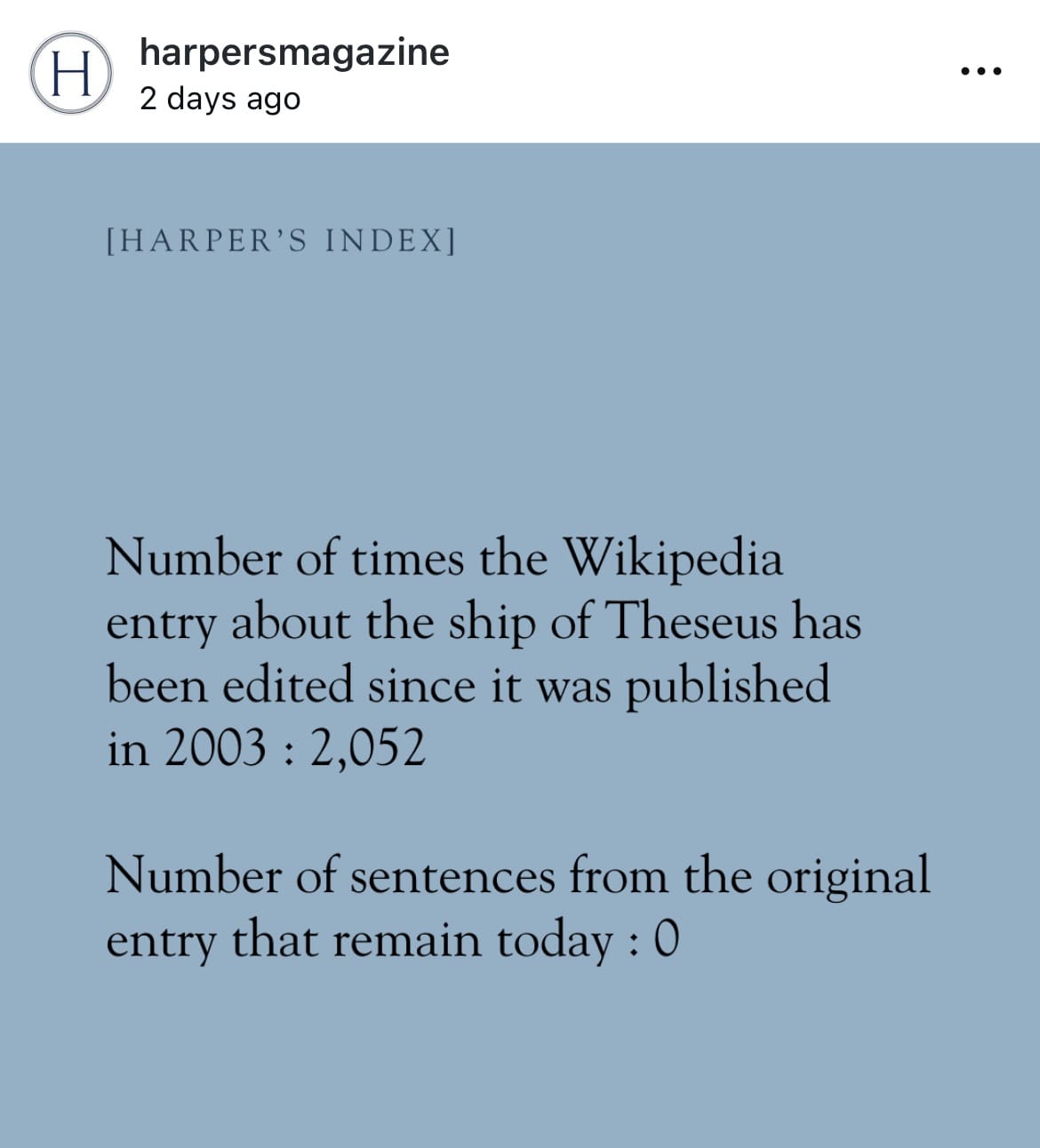
That's all for now.
Cheers/Will
PS-Enjoy this newsletter? Forward it to a friend, or hit reply to share your thoughts. I'd love to hear from you!
Work with Me: Get feedback on your writing and actionable advice through a 1:1 consultation with me – apply here
Donating = loving 🥰 Leave a tip to help support this publication
